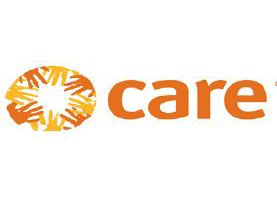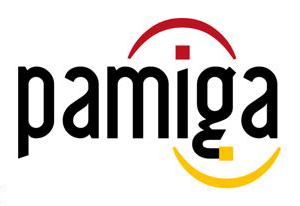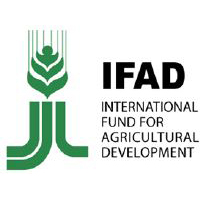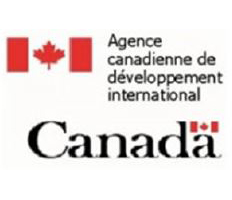Gender equality in development and humanitarian work
Gender equality as such is the overall long-term development goal. Gender mainstreaming, on the other hand, consists of a set of specific and strategic approaches and technical and institutional processes aimed at achieving this goal. It incorporates gender equality into national public and private organisations, central and local policies, sector programmes and services. In the long term, this approach aims to transform discriminatory social institutions, laws, cultural norms and community practices, such as limiting women's property rights or restricting their access to public spaces.
From this perspective, an investment in gender equality in humanitarian action would be plausible.
To promote gender equality, humanitarian organisations must strive for gender balance in their staffing at all levels. However, recent research has shown that men still make up the vast majority of humanitarian actors and that women often occupy only token positions.
Thus, through high-performance tools, we carry out the following missions :
- Training in Gender Equality
- Institutional implementation of the gender approach in administrations, companies and organisations
- Integration of the gender approach in development projects and programmes
- Fight against all gender-based discrimination
- Strategies for gender balance
- Gender balance scorecards
- Temporary special measures to improve the status of women
- Staff selection systems
- Exit interviews
- Work-life balance and flexible working arrangements
- Policies on organisational culture
In addition, in partnership with organisations of the United Nations system, we provide the following training :
- Technical assistance: content development, design, implementation, documentation, evaluation and participatory methodologies to develop courses and training resources
- Quality standards in gender equality training in partnership with leading institutions in the field
- Group of facilitators and training experts
- Periodic diagnosis of training needs
- Facilities and equipment for face-to-face training
- e-learning campus
- Database of training institutions, opportunities and resources
- Tailor-made training courses on request






























